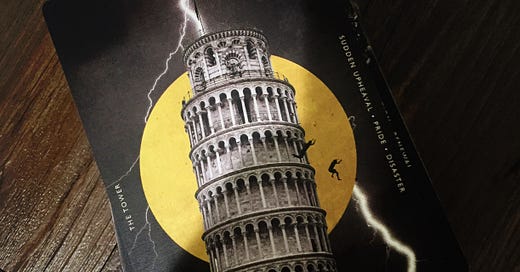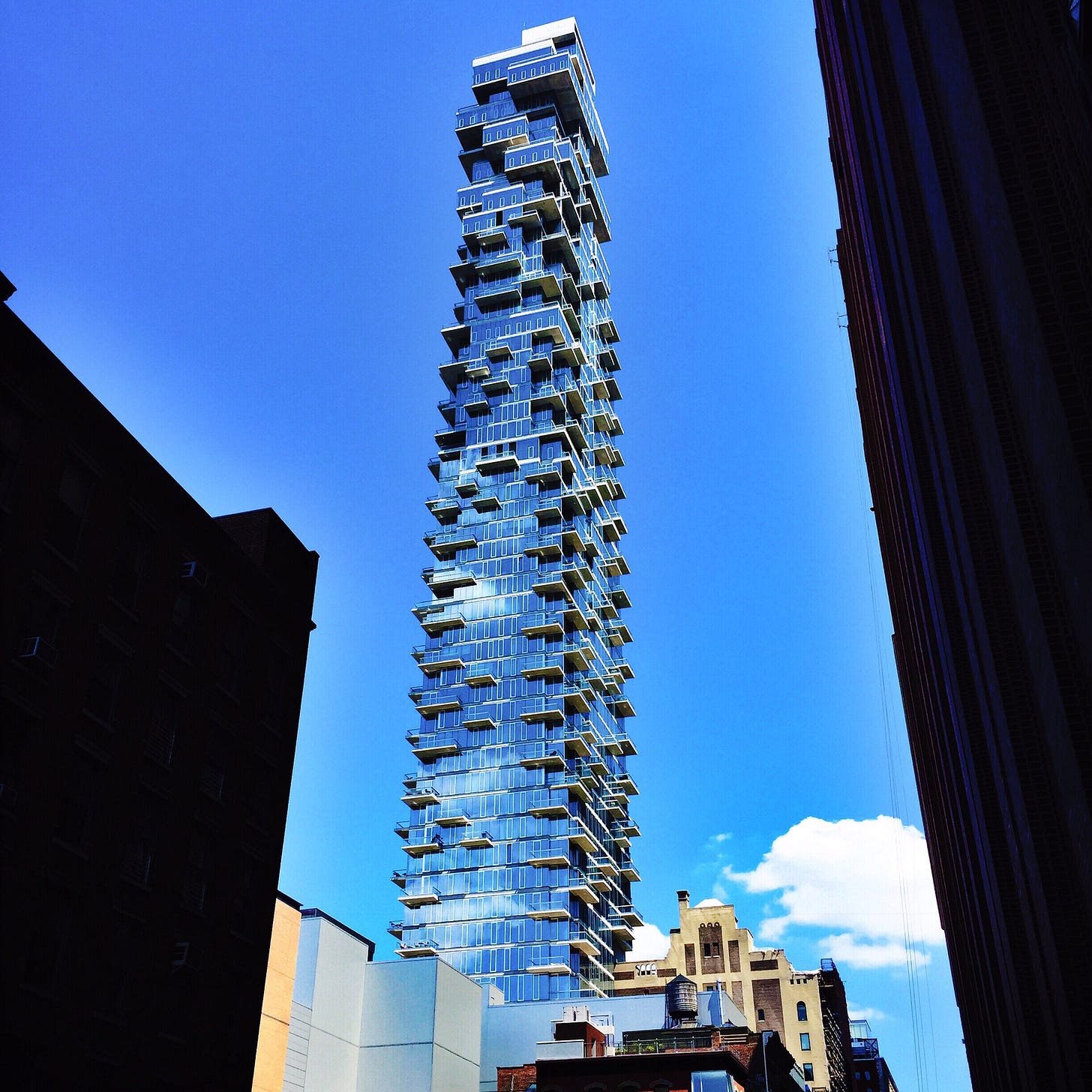It’s almost frustrating how obvious (and gorgeous) the Experiential Tarot makes it:
The Tower of Pisa is curious, as in the reality next door, it did fall. It had already begun to lean during its construction, but decades of delay allowed it to settle back into the earth for just long enough that it could be completed without disaster. The result is what we know today: a well-preserved, never-ending collapse.
Many of the arcana depict events in motion: the Hierophant is always giving a benediction, the Fool is always on the precipice, and the Tower never stops falling. This illuminates an interesting property of decks composed of photography: they create a relationship between physical objects (the cards) and active moments in space-time. This reflects a fundamental principle of cartomancy (the deck must reflect the world outside it in the present). The Tower of Pisa itself, and any photographs thereof, are part of the structure of The Tower arcanum as a whole. Its perceived potential to fall is part of its material presence.
Consider for instance, another Tarot of the Real illustration: 56 Leonard in New York City, boldly described by its own architects as a “new global landmark:”
From the correct angle, this Tower seems like it is dissolving into the sky: impossible not to notice, and counterfeiting the beauty of heaven as its own. Its monstrously expensive units share a hallway with at most one other, and ten elevators are needed to accommodate its six unique “Sky Villas,” which use an entirely different truss system from the rest of the building, as though they are hanging gardens. Because of its isolation relative to other skyscrapers, it experiences extreme wind shear which can cause it to lean by nearly a foot at the top, requiring a specialized fluid counterweight system to prevent structural failure.
While examining 56 Leonard as a case for a real world Tower example, I couldn’t help but laugh: a short documentary of its construction on the website features one of the building’s engineers accidentally knocking over a Jenga tower in its image:
Herein is an interesting property of skyscrapers: each must contain hedges against foreseeable Acts of God, which are then internalized. Consider, for instance, the Taipei 101, which contains a colossal, eight-hundred ton pendulum designed to counteract earthquakes. The drama of the The Tower is factored into the design of every reach towards the Firmament; the more hubristic the height and location, the more that must be spent in tithe for it to remain standing.
Humans have come to understand this card intimately, whether or not they know Tarot. Look at the blueprints of any building, and you can see exactly where the architects have anticipated divine lightning to strike.





